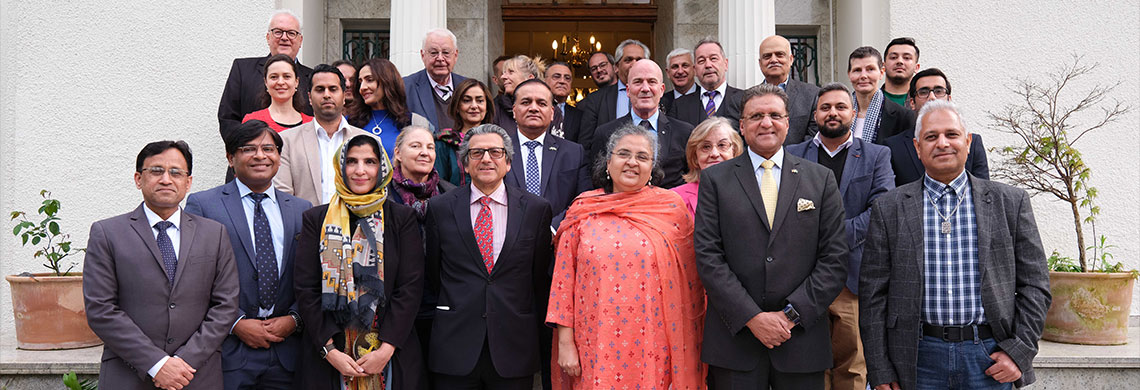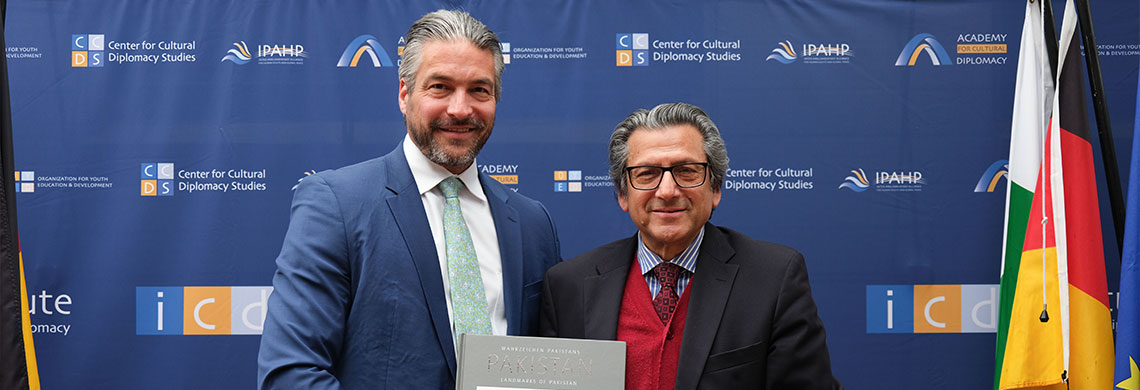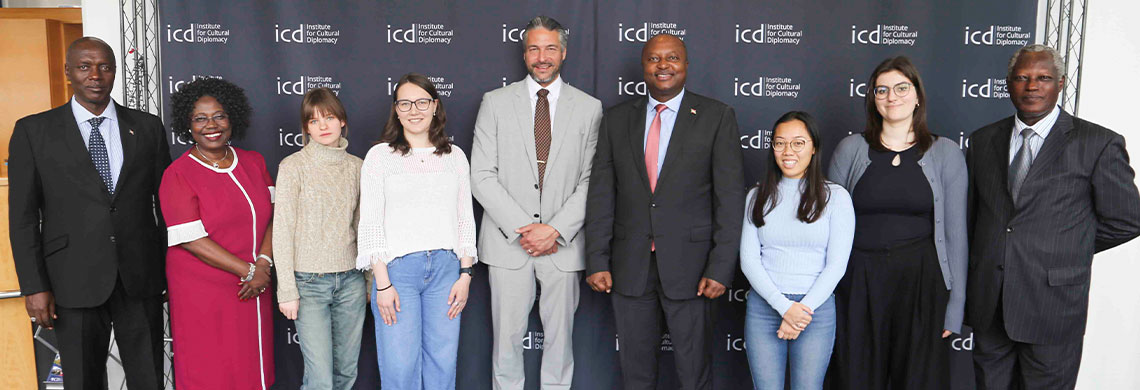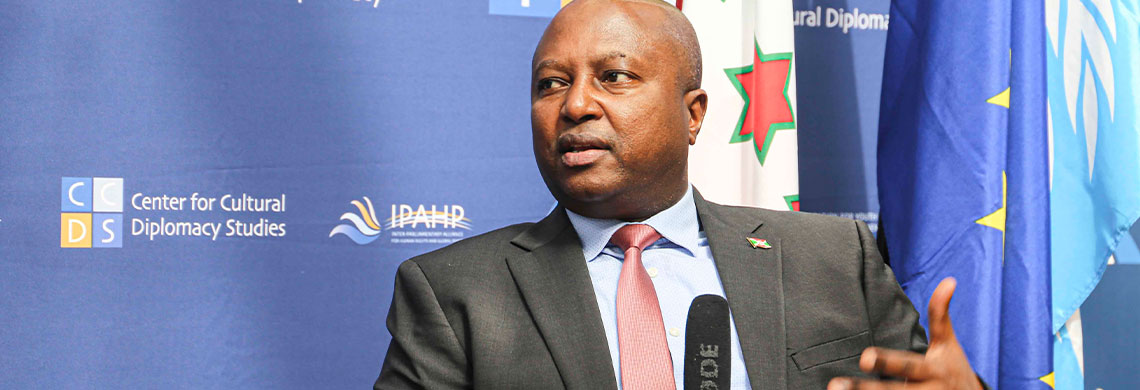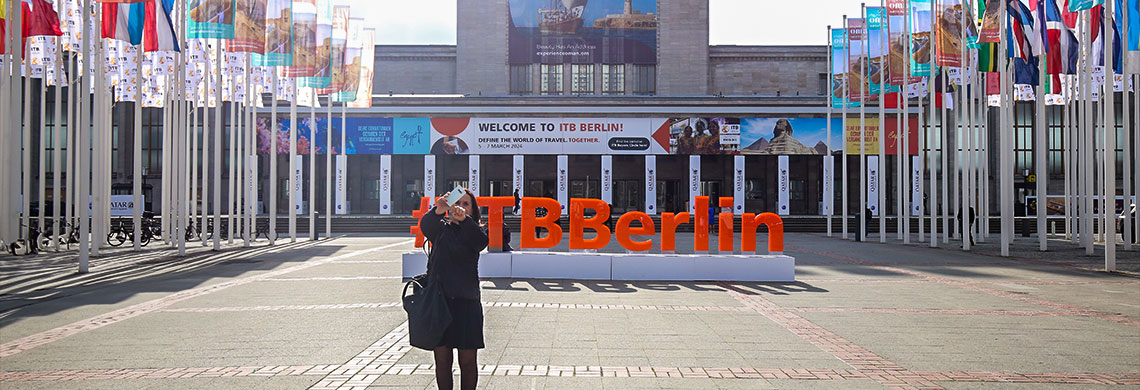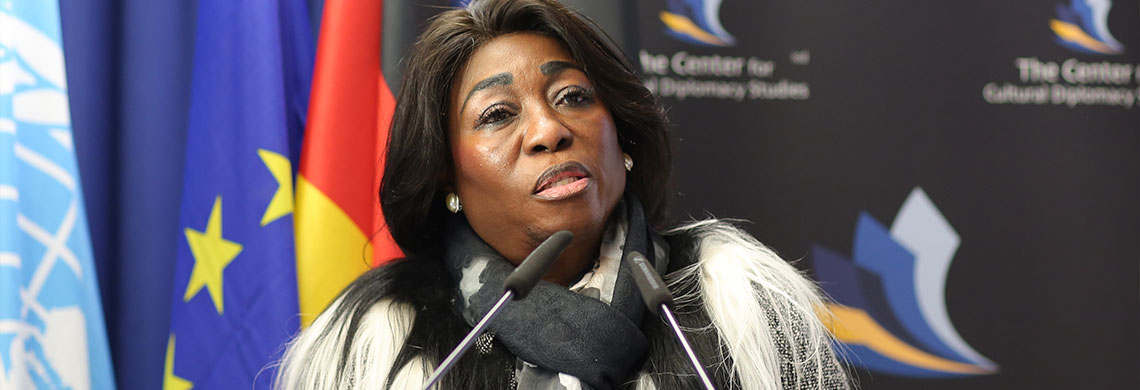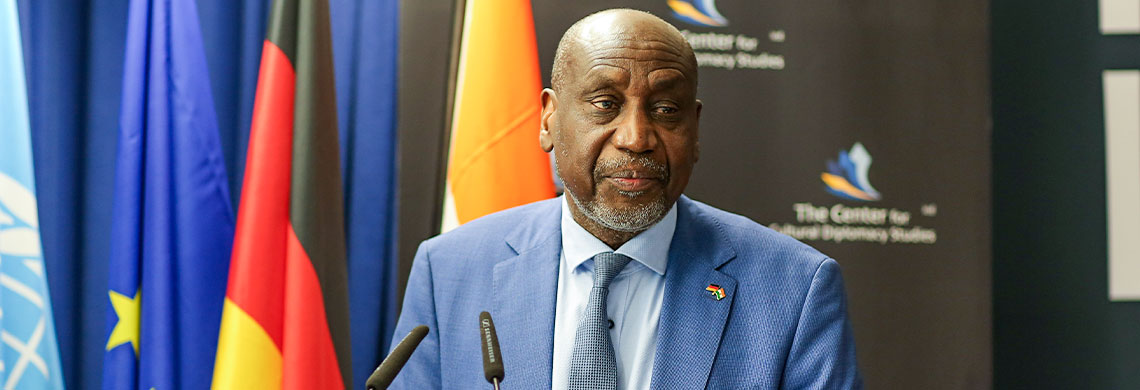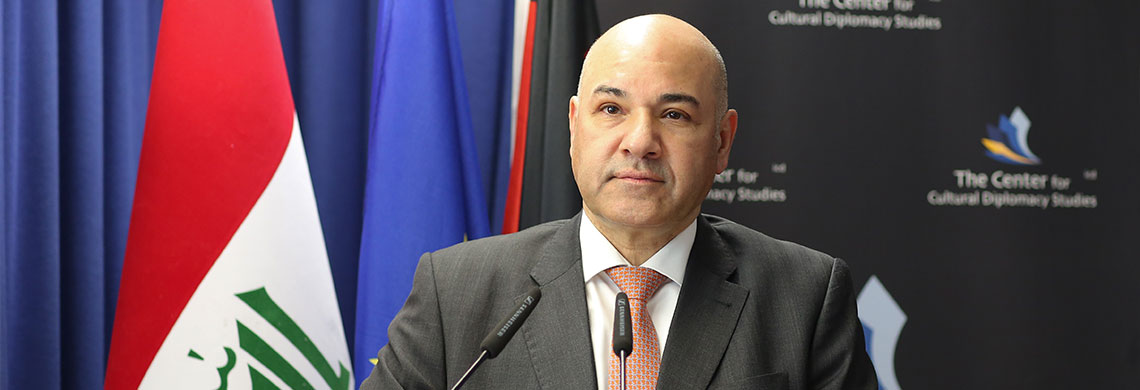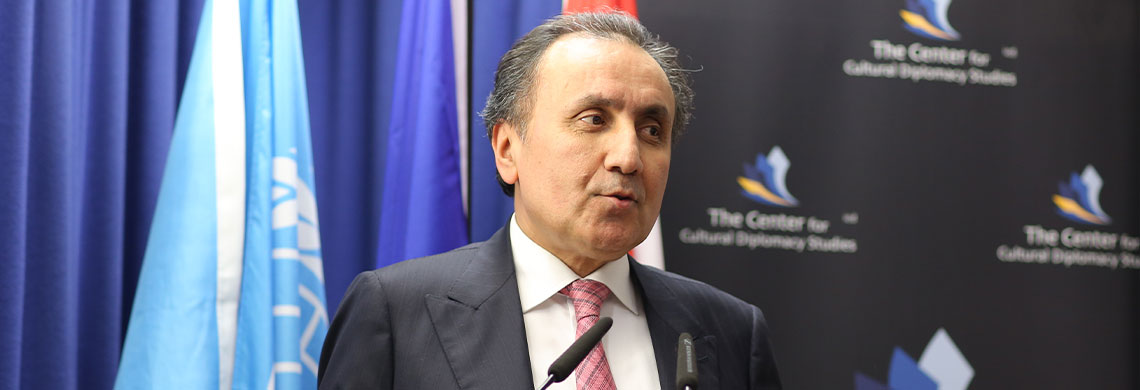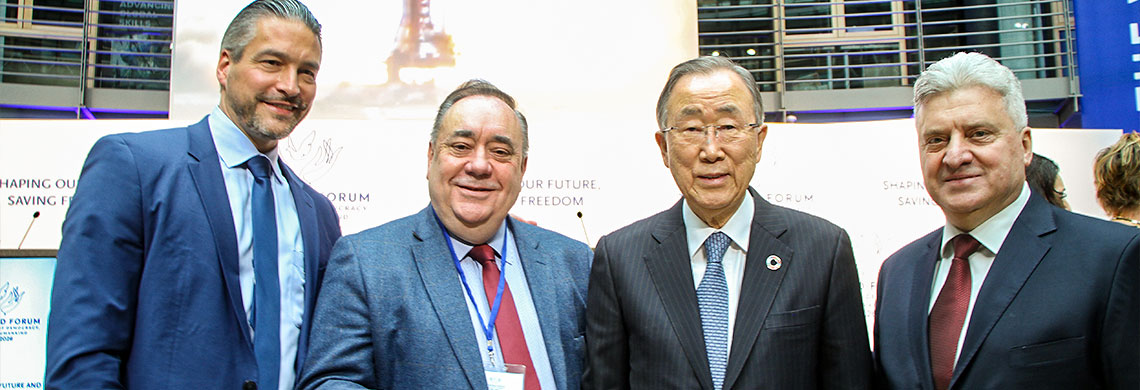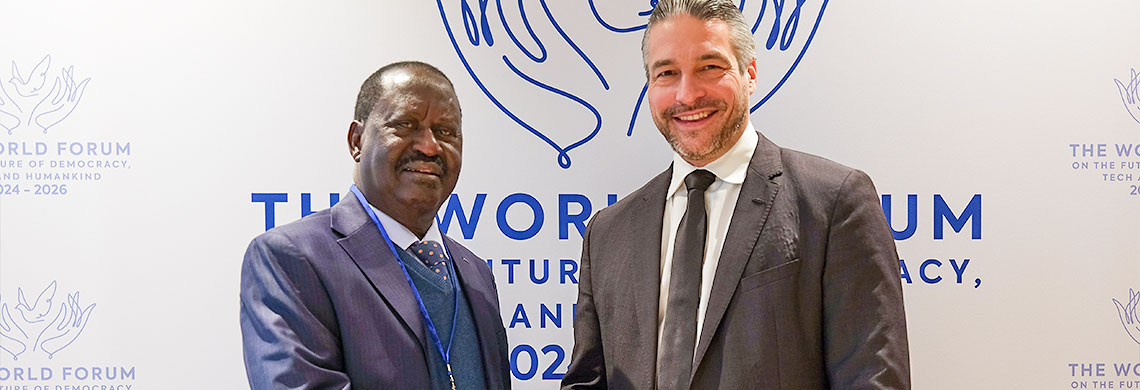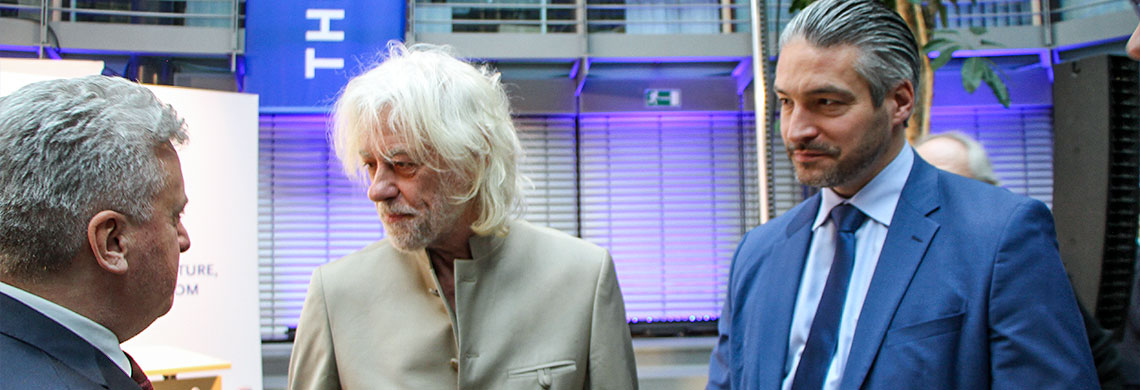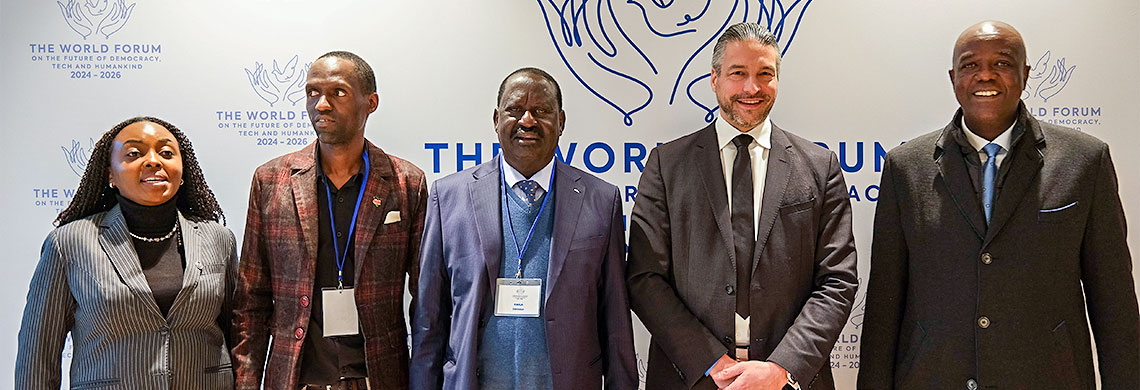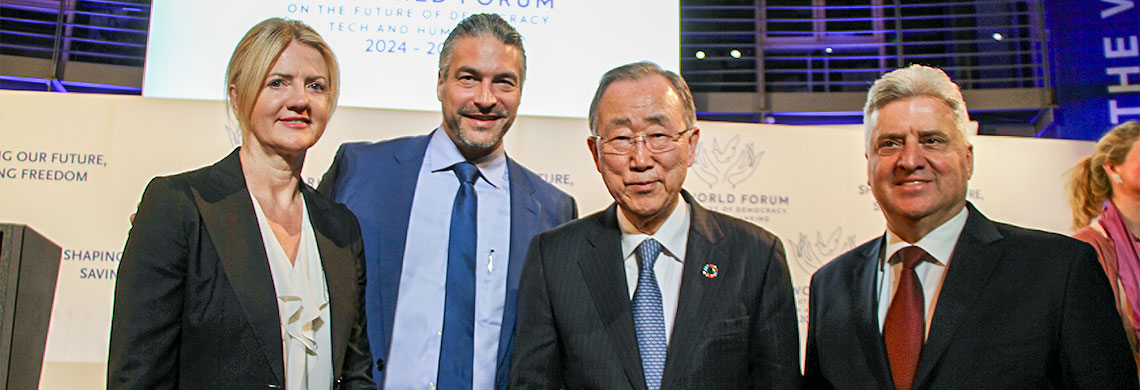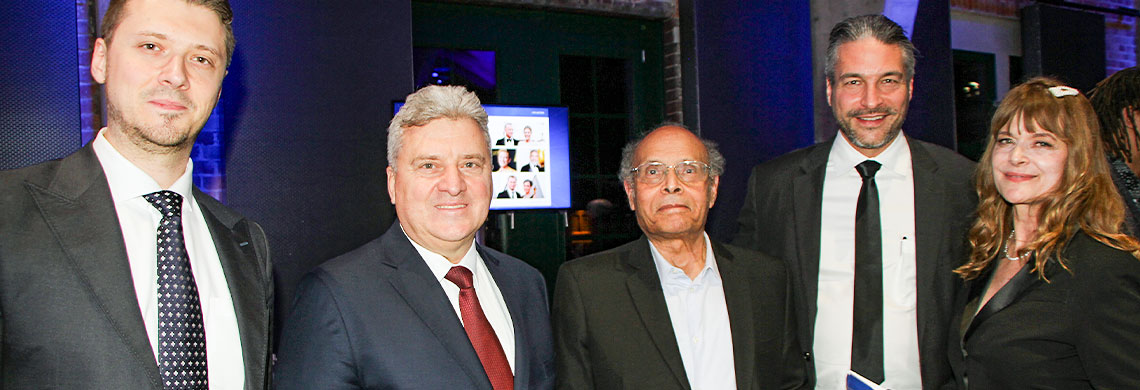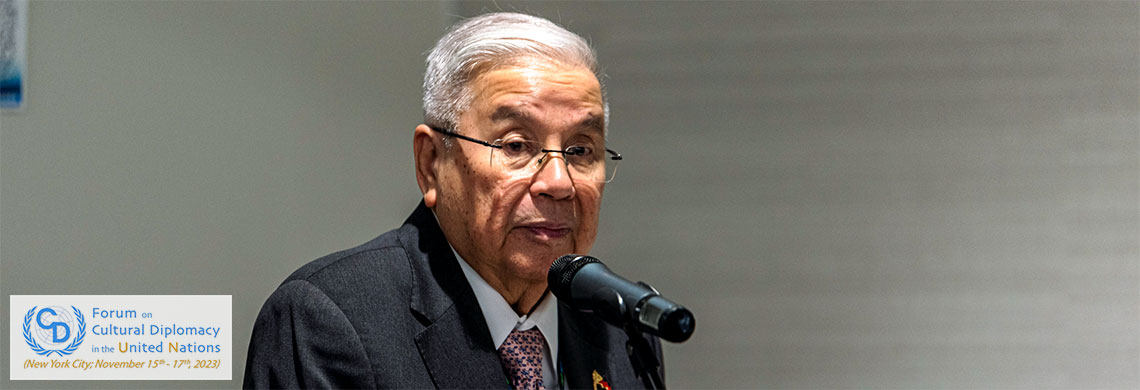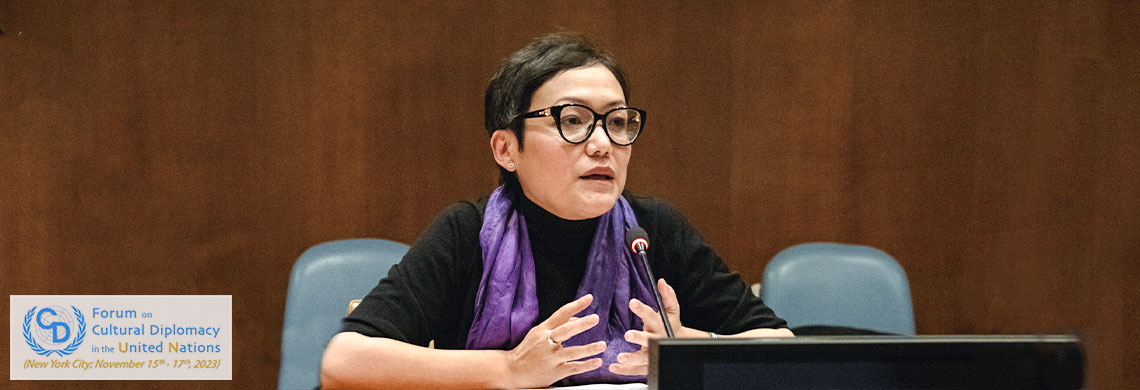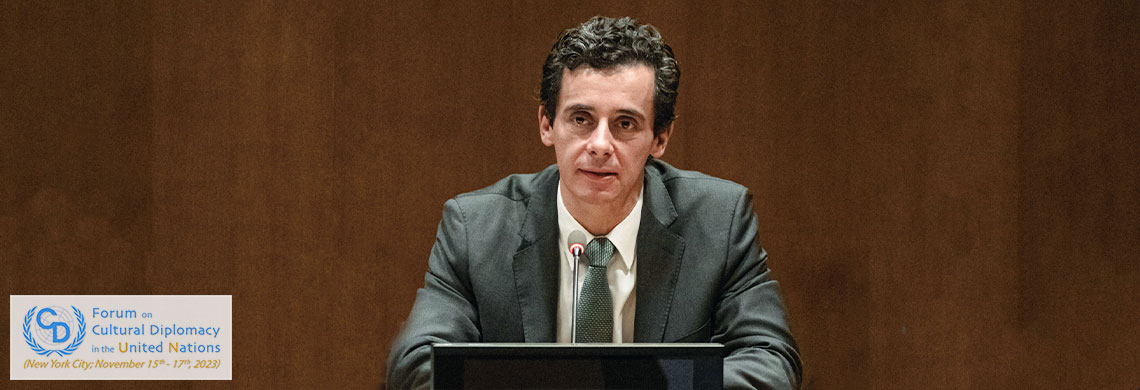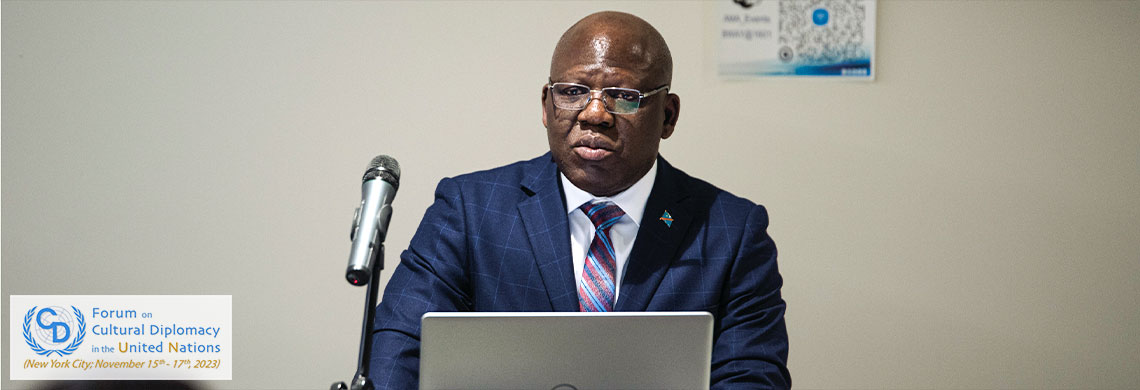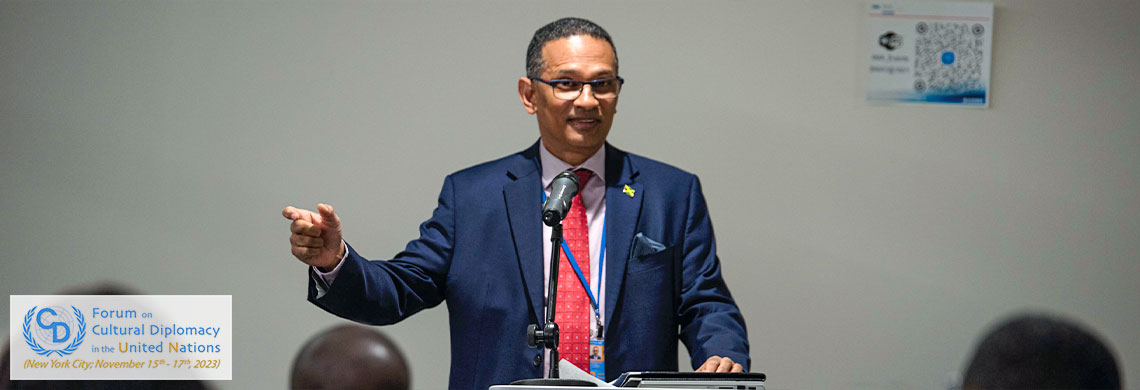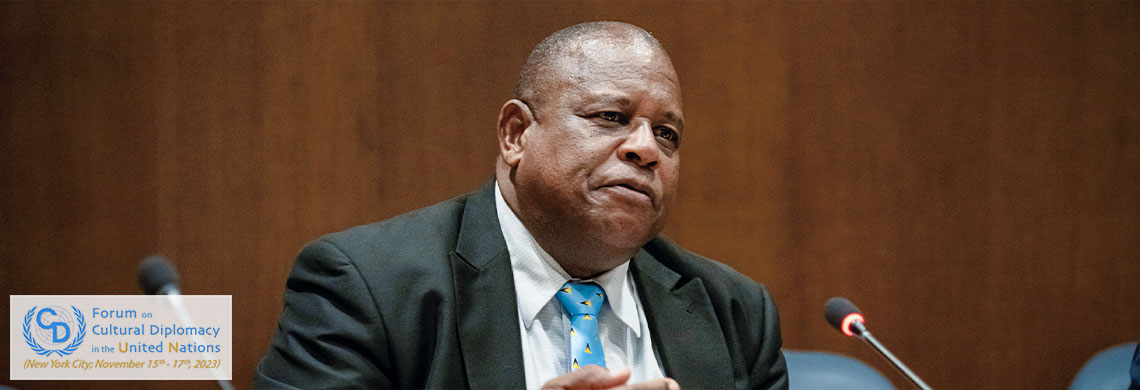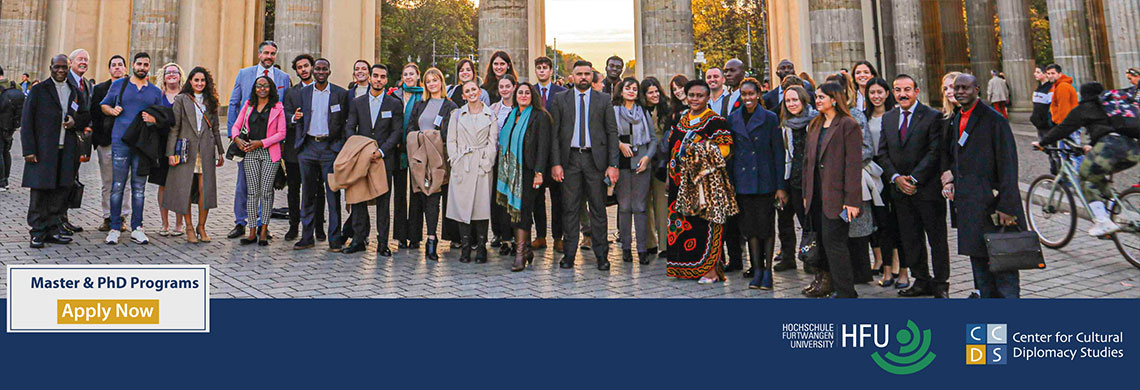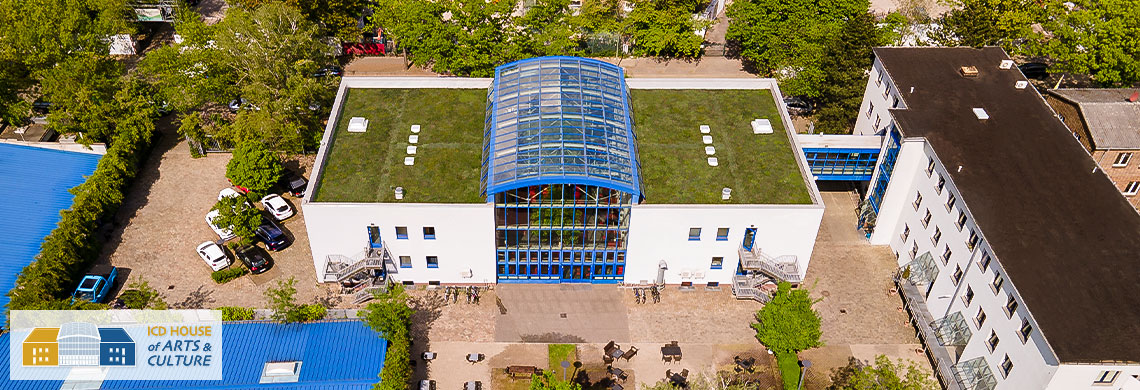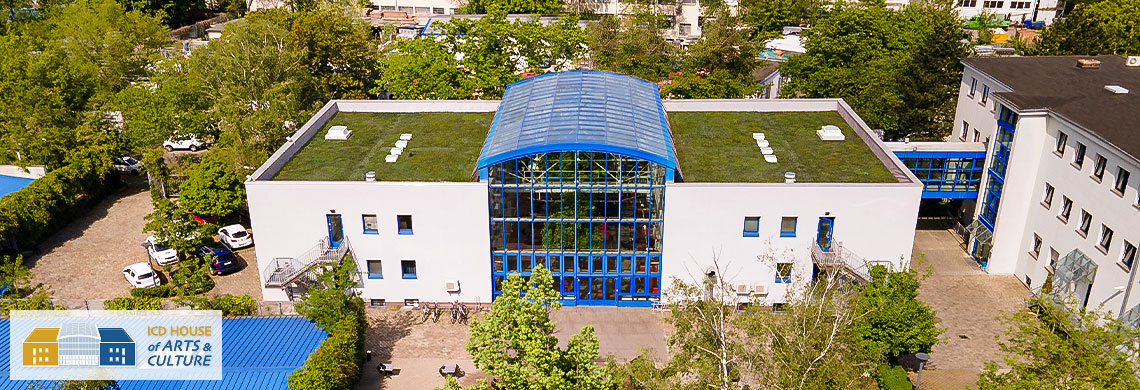The Center for Cultural Diplomacy Studies
MA & PhD Programs

The University of Bucharest
(www.unibuc.ro) The University of Bucharest is a leading academic center and a significant point of reference in society, and it adheres to the principles of academic integrity and critical thinking. The University is one the leading higher education institutions in Romania and South-East Europe by actively contributing through research and teaching to the development and use of knowledge. The University's main objective is to offer high-quality academic programs and research facilities, and becoming a forefront of research and teaching.
The University of Bucharest is a leading academic center and a significant point of reference in society, and it adheres to the principles of academic integrity and critical thinking. The University is one the leading higher education institutions in Romania and South-East Europe by actively contributing through research and teaching to the development and use of knowledge. The University's main objective is to offer high-quality academic programs and research facilities, and becoming a forefront of research and teaching.
List of Programs
| PhD Program in International Relation & Cultural Diplomacy (Three Year Program) » | Program » | Apply » |
About The University of Bucharest
 The University of Bucharest is a leading academic centre and a significant point of reference in society, and it adheres to the principles of academic integrity and critical thinking. The University is one the leading higher education institutions in Romania and South-East Europe by actively contributing through research and teaching to the development and use of knowledge. The University's main objective is to offer high-quality academic programmes and research facilities, and becoming a forefront of research and teaching.
The University of Bucharest is a leading academic centre and a significant point of reference in society, and it adheres to the principles of academic integrity and critical thinking. The University is one the leading higher education institutions in Romania and South-East Europe by actively contributing through research and teaching to the development and use of knowledge. The University's main objective is to offer high-quality academic programmes and research facilities, and becoming a forefront of research and teaching.The University of Bucharest offers numerous study programs, from Bachelor degrees to PhD programmes, as well as lifelong learning programmes and Erasmus programmes. All the University's programmes are accredited or authorized. Enhancing international cooperation, the University has defined partnerships and strategic collaborations with more than 100 prestigious universities from 40 different countries.
The University of Bucharest offeres undergraduate and postgraduate degree courses in social sciences and humanities, and natural sciences. The University consists of nineteen Faculties, each specialised in an academic field. The University's Faculties are the following: Mathematics and Informatics, Physics, Chemistry, Biology, Geography, Geology and Geophysics, Business and Administration, Law, History, Sociology, Psychology and Education Sciences, Political Sciences, Philosophy, Journalism, Letters, Foreign Languages and Literature, Orthodox, Roman-Catholic, and Baptist Theology. This structure gives the students and academic staff a strong sense of community. The Faculties offer high-standard academic programmes and in return they demand excellence from their students. The University's graduates and alumni effectively contribute to public agenda setting and decision-making processes, and contribute to international research in all academic fields.
The University of Bucharest adheres to the European Union's education principles and its entire structure of the curricula has been made compatible with the Bologna framework throughout its Faculties. The University currently offers thirty-eight undergraduate fields of study with more than 100 majors. The forms of study offered by the University are: full-time, part-time and distance learning. The University offers 180 postgraduate programmes.
Most Faculties offer PhD programmes and the PhD students’ scholarships are currently financed by European structural funds within three-year projects. The University of Bucharest will develop its own set of policies regarding PhD supervision and formation from other universities.
History
The University of Bucharest is rich in history and has been actively contributing to the development and modernisation of Romanian education, science and culture since 1694. A brief chronological history is explained below:1694: Constantin Brâncoveanu, ruler of Wallachia, founds the Academy of Saint Sava in Bucharest, at the advice of Constantin Cantacuzino, a brilliant scholar and humanist educated at Padua. Lectures were delivered in Greek.
1776: Alexandru Ipsilanti, ruler of Wallachia, reforms the curriculum of the Saint Sava Academy which starts teaching courses of French, Italian and Latin. New buildings for the Academy are erected between 1776 and 1779.
1855: Carol Davila creates the National School of Medicine and Pharmacy.
1859: Establishment of the Faculty of Law.
1863: Establishment of the Faculties of Sciences and Letters.
1864: Prince Alexandru Ioan Cuza creates the University of Bucharest by bringing together the Faculties of Law, Sciences and Letters as one single institution (decree no. 756 of 4/16 July 1864).
1869: The Faculty of Medicine is created through the transformation of the National School of Medicine and Pharmacy.
1916-1918: Closure of the University of Bucharest as a result of German occupation during the First World War.
1934-1936: Construction of the Law Faculty building.
1948: Passing of the Education Reform Law, which applies the Soviet model to higher education, leading to a thorough restructuring of the University of Bucharest. The Faculties of Theology, Human Medicine and Veterinary Medicine are detached from UB. The higher education institutes are dismantled and new institutes subordinated to the Academy of the Romanian People's Republic are created.
1990: The beginning of a renewal process for the University of Bucharest. New faculties departments and research centres are created, the teaching process is radically reorganized, and the number of students considerably increases. There is also a spectacular increase in the international contacts and co-operation projects of the University of Bucharest.
1994: Celebration of 300 years since the foundation of the Princely Academy and 130 years since the establishment of the modern structures of the University of Bucharest.
1996: Adoption of the University of Bucharest's Charter.
2010: The University of Bucharest now comprises 19 faculties, with over 30,000 full-time students of whom 1000 foreign students, and with 3,000 teaching positions.



